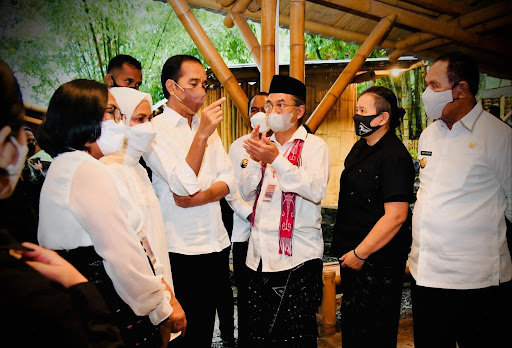
Bamboo Pioneers: An interview with Noer Fauzi Rachman Bamboo of the future
It is not easy to introduce the new uniqueness of bamboo to people who for generations see bamboo as something inferior. It is as difficult as showing fish the uniqueness and potential of water.
Noer Fauzi Rachman is an expert on population, agrarian policy, and political ecology. He is a member of the Board of the Environmental Bamboo Foundation and has great enthusiasm for the development of bamboo in Indonesia. Noer Fauzi Rahman received his PhD in Environmental Science, Policy and Management, University of California, Berkeley, USA, 2011.
Noer Fauzi Rahman believes that bamboo can be the key to successful village development as it has tremendous potential, both for land and water conservation as well as for industry.
Since ancient times, bamboo has been a part of villagers’ lives in Flores and in many places in Indonesia. Bamboo has been used to make walls and ceilings, kitchen utensils, traditional ceremony equipment, and so on. “People who live in tradition cannot live without bamboo”, said Noer Fauzi Rachman.
However, introducing the new uniqueness of bamboo to society in today’s modern era is not easy. It is the same as showing the uniqueness of water to fish. “For fish, water is life. Fish cannot live without water. However, water is the only thing that a fish cannot see or even appreciate. How do you tell fish that water is unique and beautiful?”, said Noer Fauzi.
Introducing the new potential of bamboo is important and urgent. It needs to be started from an early age and through various creative ways.
Prior to the arrival of the President of the Republic of Indonesia, Joko Widodo, to the Turetogo Bamboo Campus in Ngada, Flores on early June, Noer Fauzi and Singgih Kartono had the opportunity to ride Spedagi bamboo bicycles along the streets of Wae La village. They stopped in front of a school.
School children stood on the side of the road in front of the school, waiting for the President’s entourage to pass by. “I pulled over and showed the Spedagi bicycles made of bamboo to the school children,” recalls Noer Fauzi. The children had never seen a bicycle made of bamboo. “The children seemed enthusiastic to see this bamboo bicycle. Then I asked them to sing together,” added Noer.
I carry my sun,
I share it like bread.
Everybody can have it,
Let’s enjoy it together.
Together with the children, Noer Fauzi sung this song over and over again until they could sing it themselves.
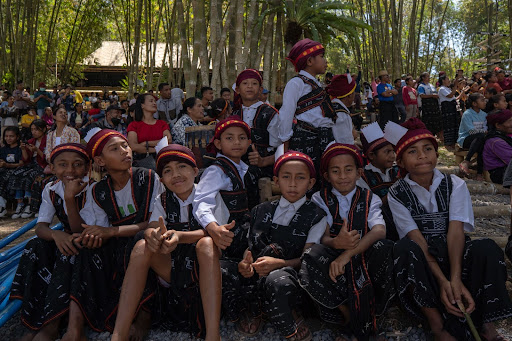
“That’s the perfect way to introduce the new uniqueness of bamboo to the community,” said Noer Fauzi. For him, creativity determines the way we see bamboo. And it is important in order to develop new approaches in developing the potential of bamboo. In addition, respecting the culture and traditional community ownership of bamboo is equally important.
Community-based bamboo utilization
Many indigenous peoples have long developed their own land tenure systems that differ from government systems. In many places in Indonesia, bamboo is the commons, or cultural and natural resource that can be accessed by all members of a community, such as air and water. These resources are shared even when they are privately or publicly owned.
Because it has important roles in life, bamboo ownership and utilization are usually regulated and agreed upon within the community. “The rules on how bamboo is owned or used are not written so they are not visible. After there is a violation, the rules become known,” explained Noer Fauzi.
“If we want to use bamboo, especially for industry, we must first understand the land ownership system that applies in the local community,” said Noer Fauzi. In a community, all members can harvest bamboo in their area. “But if the outsiders do the harvest and use trucks to transport the crops out of the village, they could be attacked by local residents,” he said. This is because bamboo is a plant that is owned, cared for, and used jointly by the community even though the rules and ownership have never been formally documented.
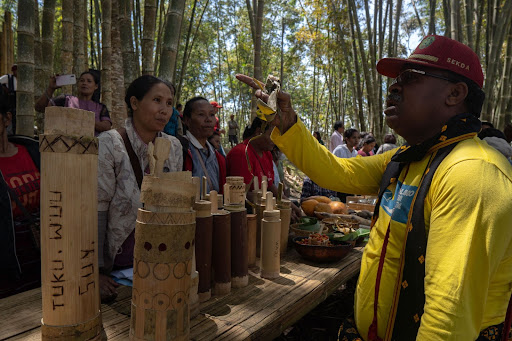
Transparency in the use of bamboo for industry at the village level is also important. When natural resources such as bamboo, which have always been considered unattractive, begin to be commercialized, people become aware of the economic value and potential of bamboo to improve their economy.
“How bamboo is used, including how much income can be obtained both communally and individually, must be discussed and agreed upon in the community through the most transparent way so that all members can benefit from this natural resource,” explained Noer Fauzi, stressing the importance of community-based bamboo management and utilization.
Bamboo Education
Another way to introduce the uniqueness and new potential of bamboo to the community is by teaching various skills related to the use of bamboo. “The utilization of bamboo needs to be introduced through several stages to all levels of society and can be started from an early age,” said Noer Fauzi. The skills include bamboo nurseries, maintenance, harvesting, and post-harvest handling.
“All these skills can be introduced through the community groups (sanggar) and a scouting-like system needs to be developed,” said Noer Fauzi. With the scouting system, the utilization and care of bamboo can be introduced for children and adults.
According to Noer Fauzi, the introduction of basic bamboo skills can be given to children at the Siaga level, who can be introduced to bamboo species, life cycle, habitats and simple nurseries. Young people at the Penggalang level can be introduced to nurseries, seed maintenance and bamboo planting. At a higher level, Penegak can be introduced to bamboo harvesting skills, post-harvest handling such as pickling and cutting, to processing bamboo for works of art, household appliances, and industrial processing to increase the value of bamboo as a superior commodity.
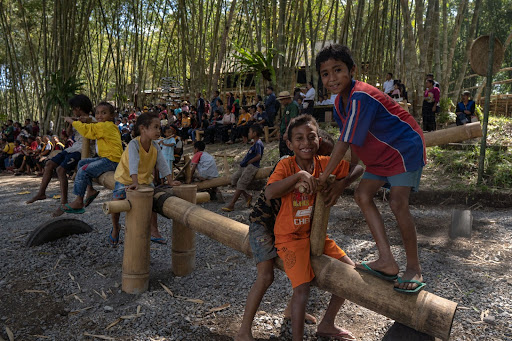
“This Bamboo Scouting activity can be carried out through groups in the village. These studios can also be fostered by the Turetogo Bamboo Campus, which acts as the center of knowledge about bamboo,” added Noer Fauzi. The Turetogo campus can lead the development of bamboo knowledge and research, including sparking creativity by introducing a variety of modern designs and works that use bamboo as the main material, such as the Spedagi – bamboo bike.
“My dream is that we will have many Bamboo centers starting from Flores to other places in Indonesia,” concluded Noer Fauzi with a smile.
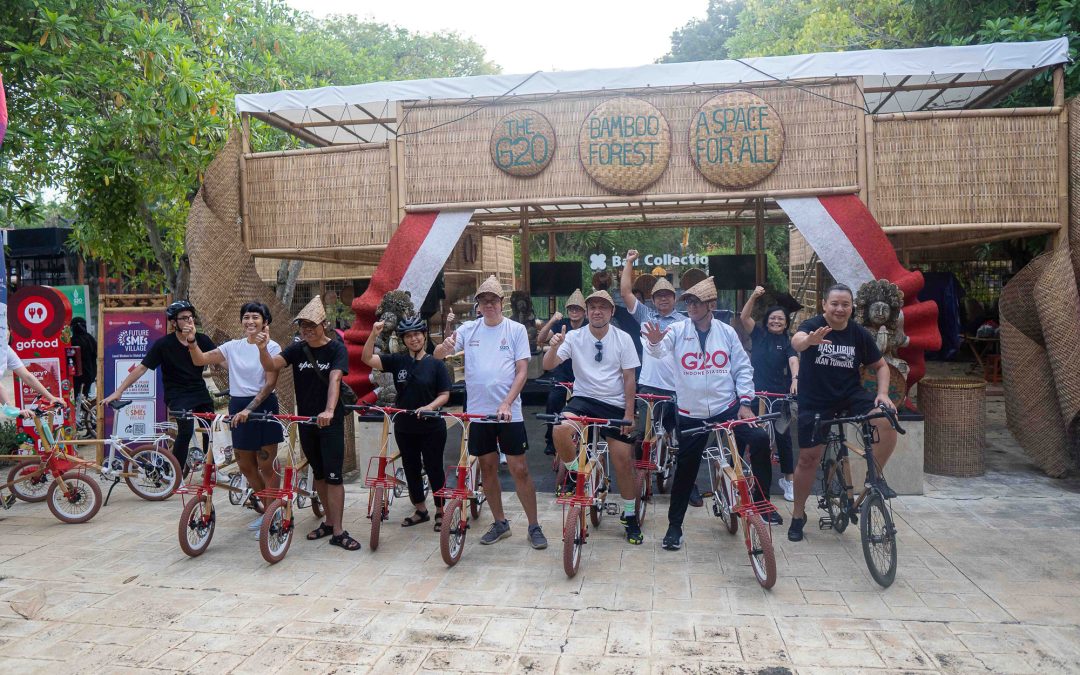
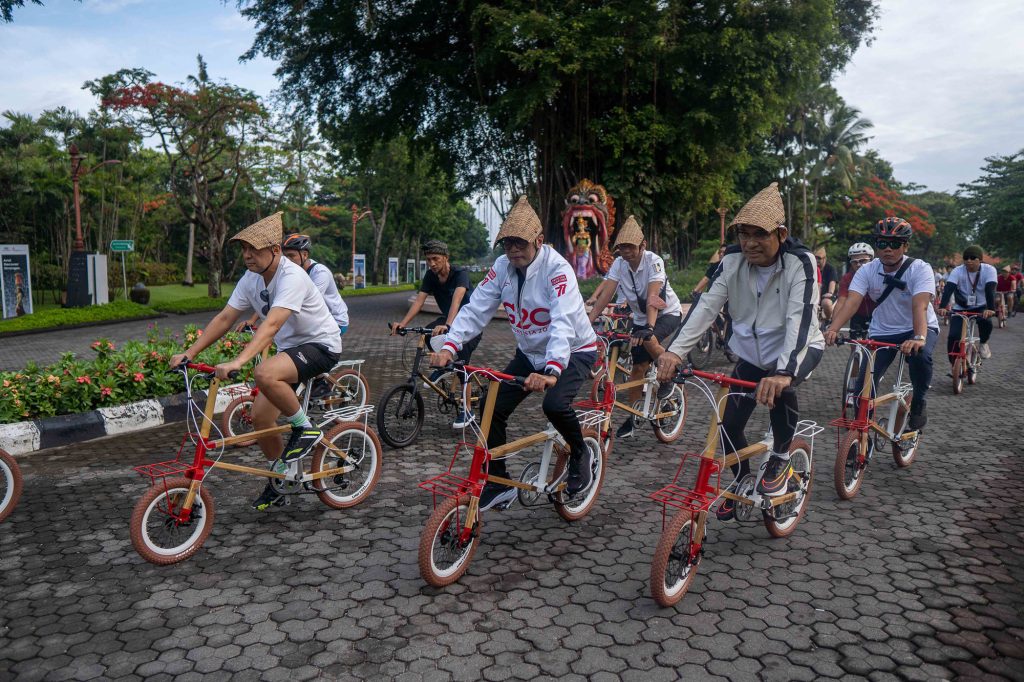
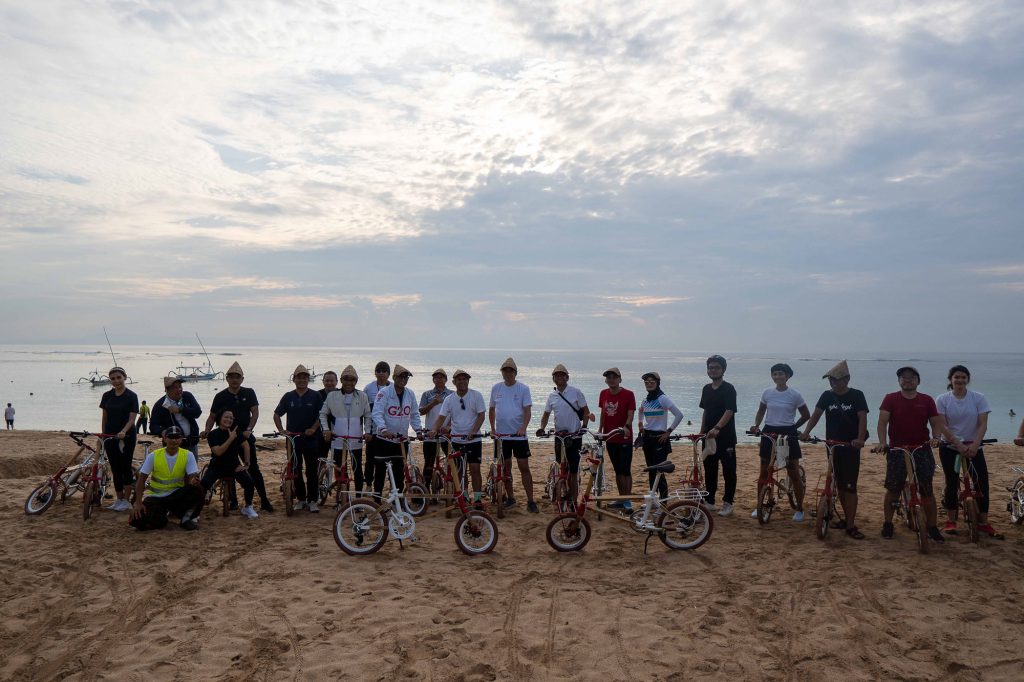
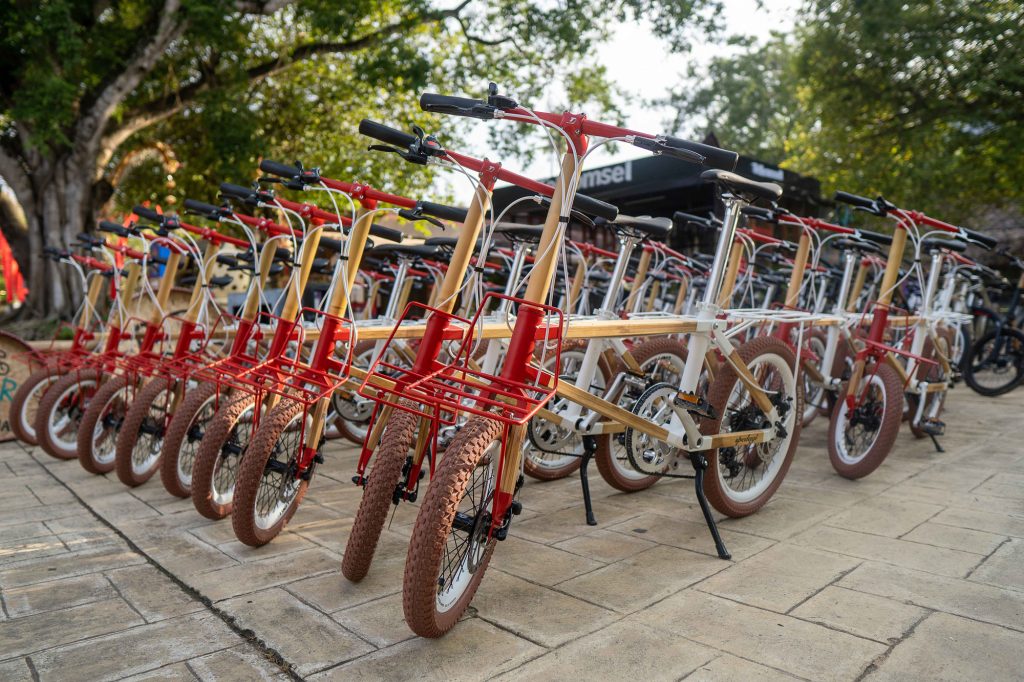
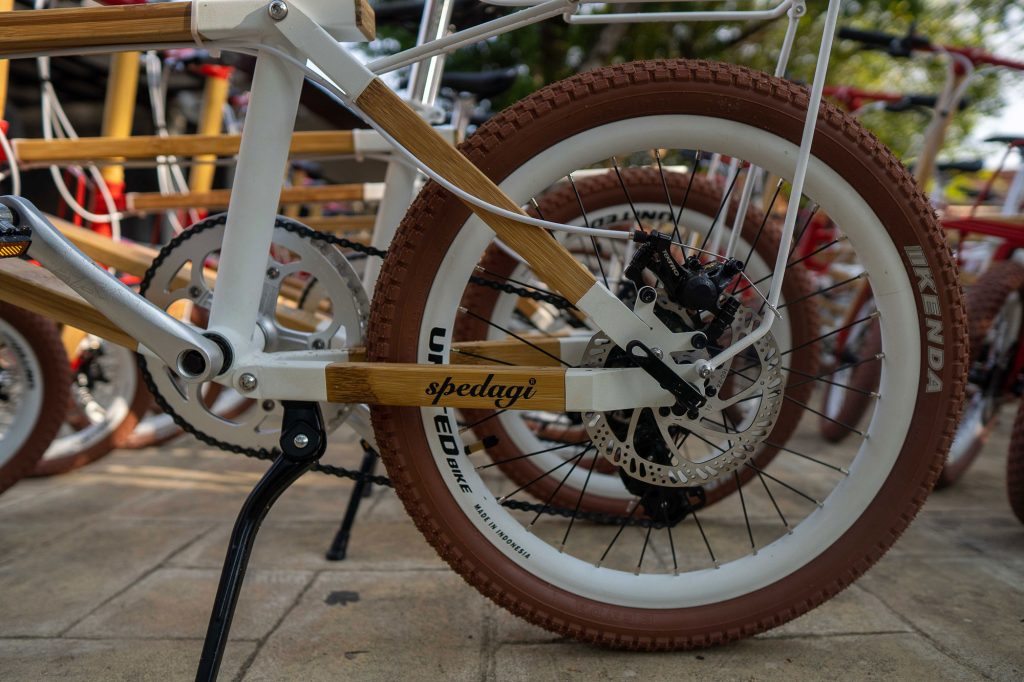
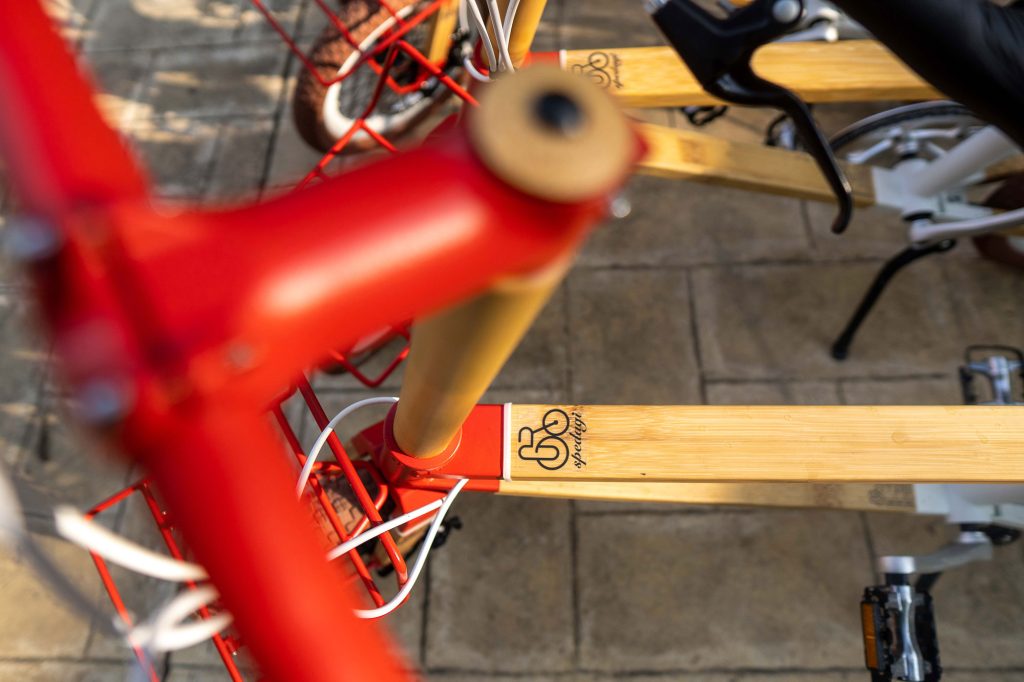
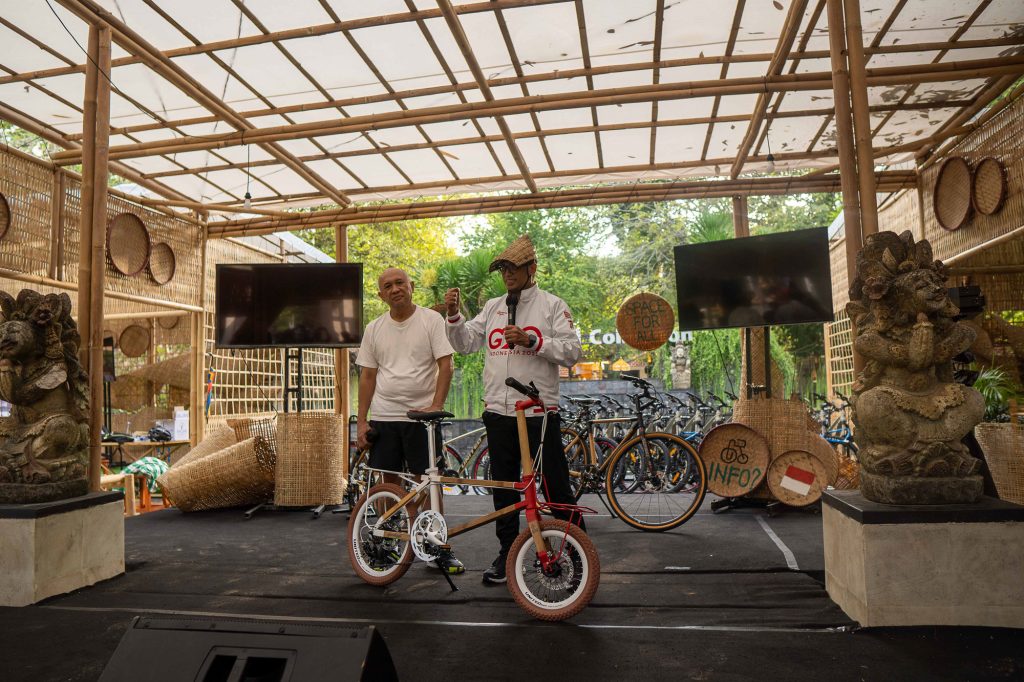
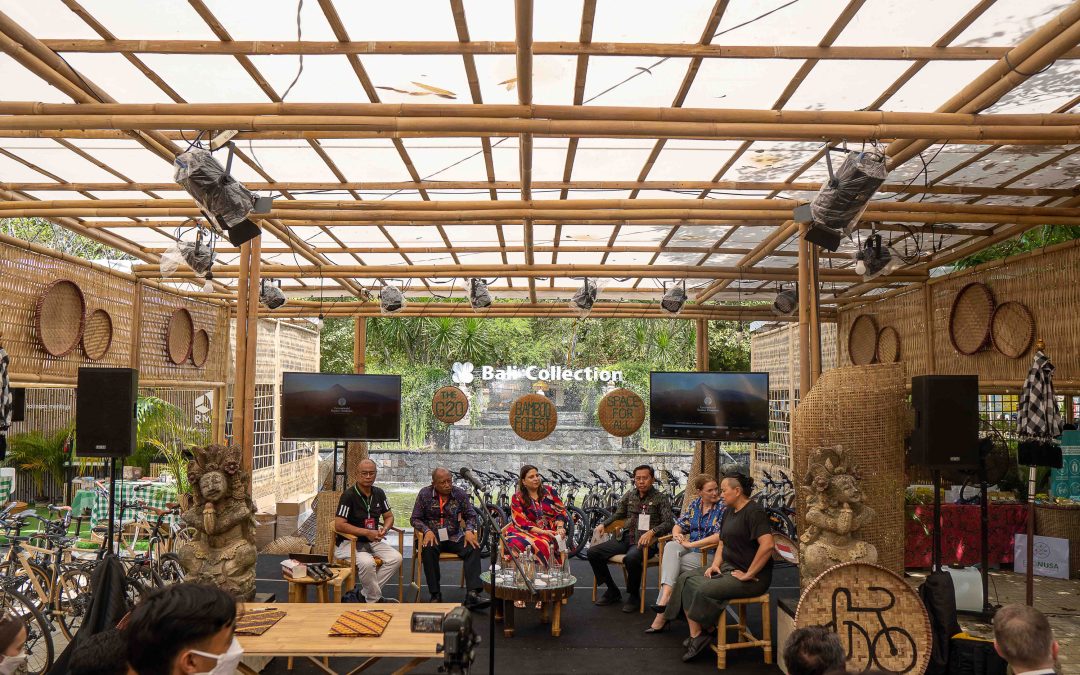
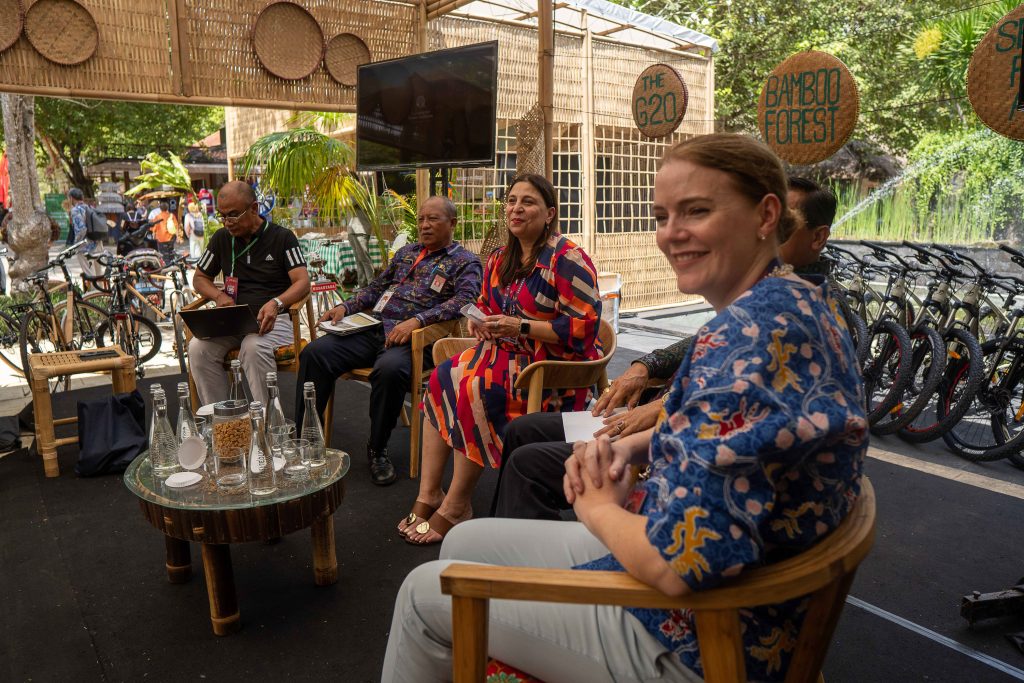
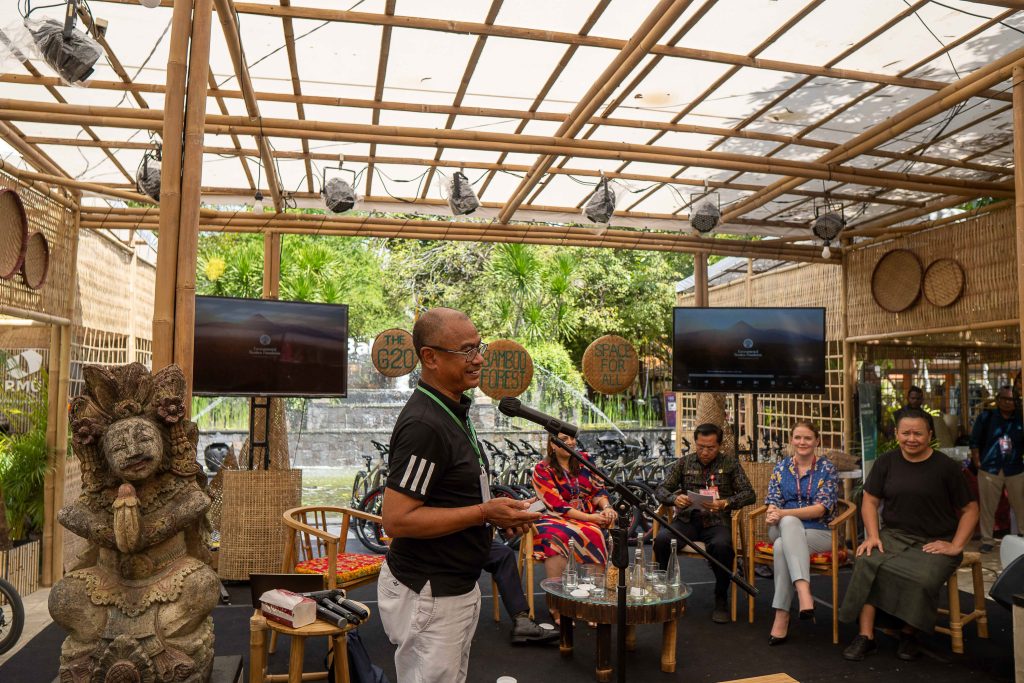
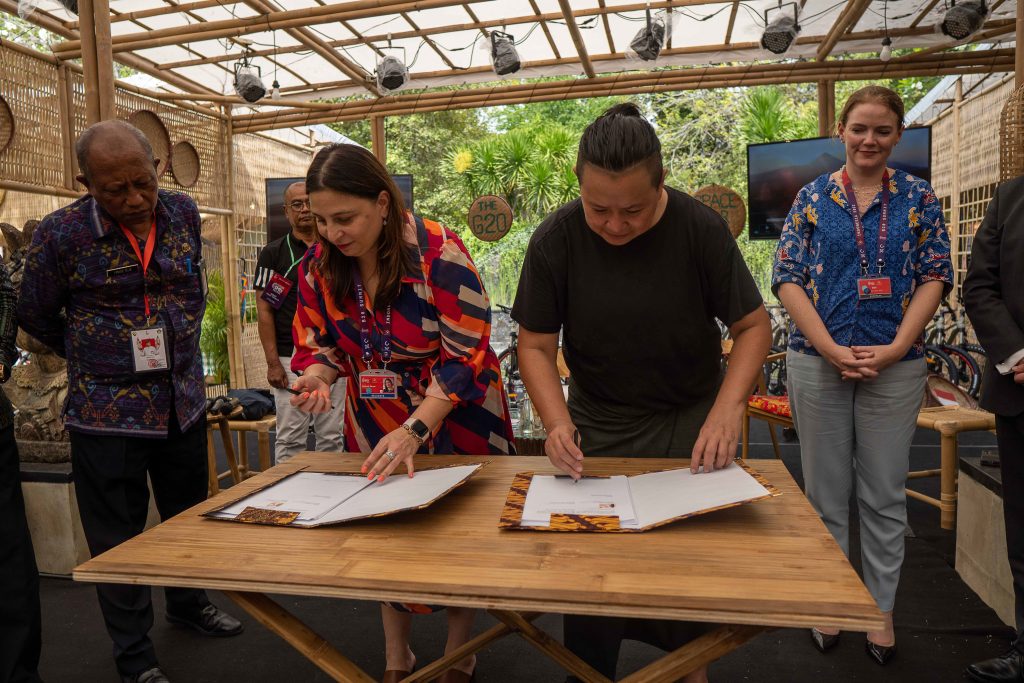
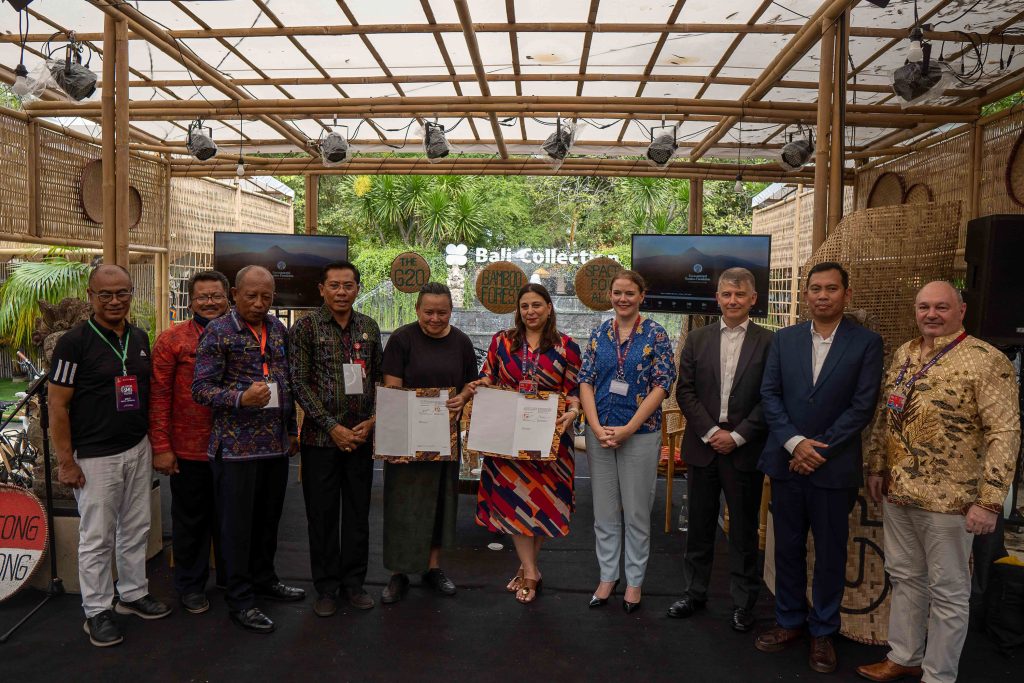
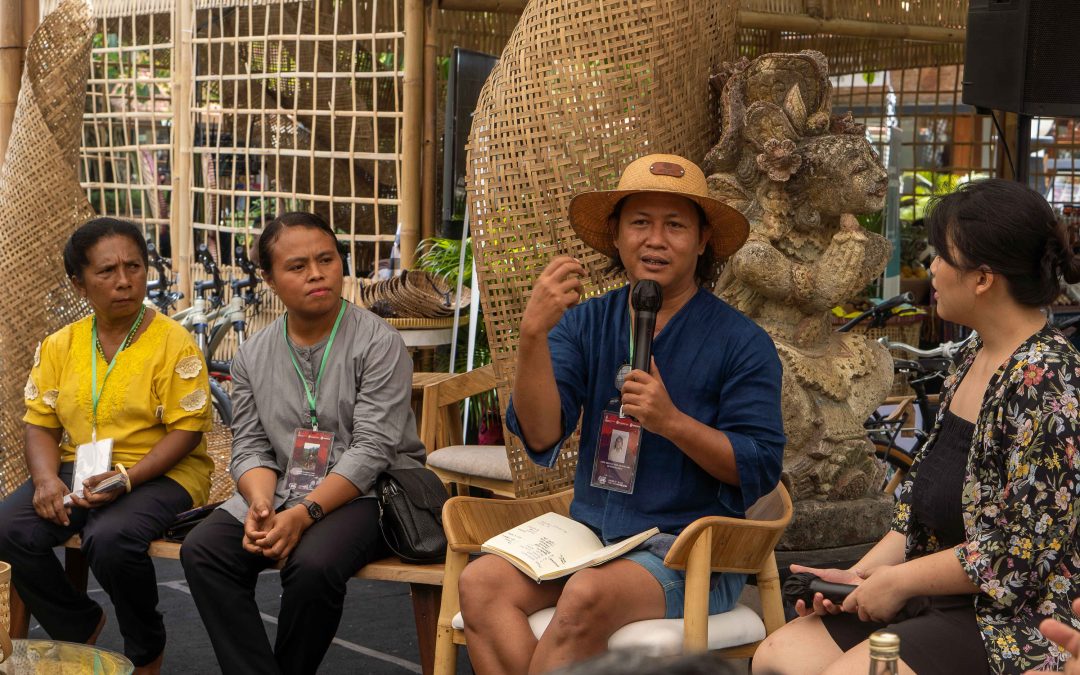
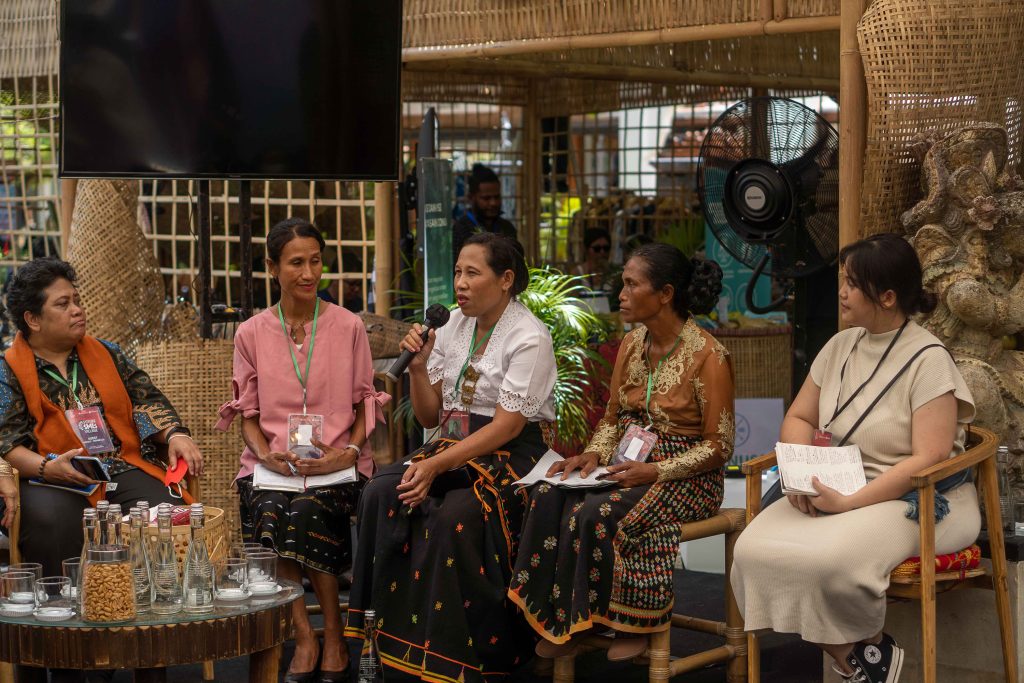
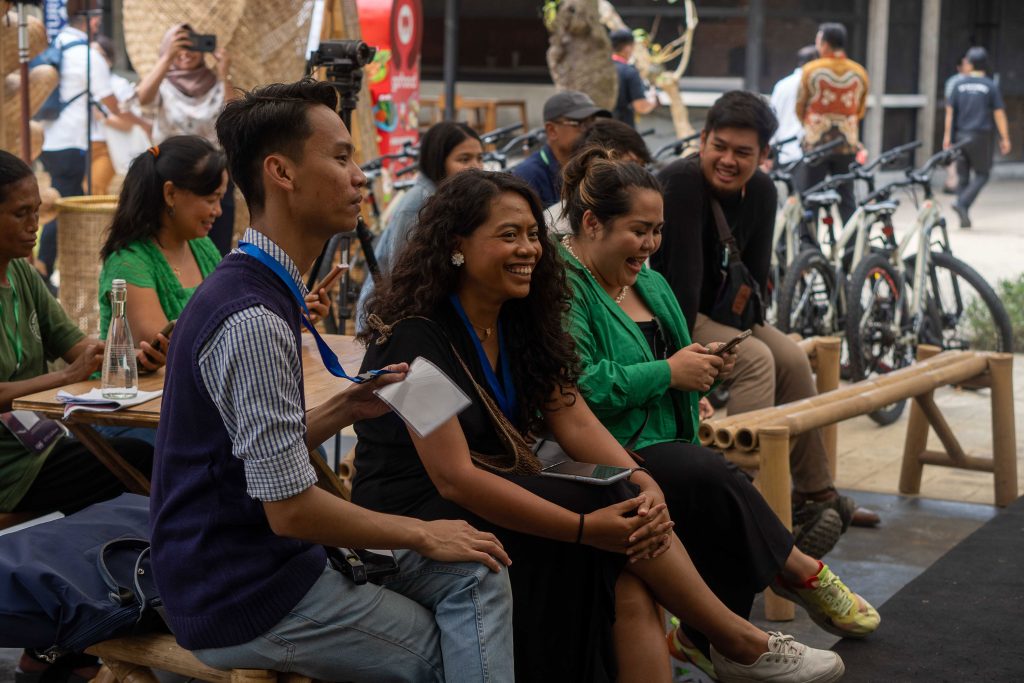
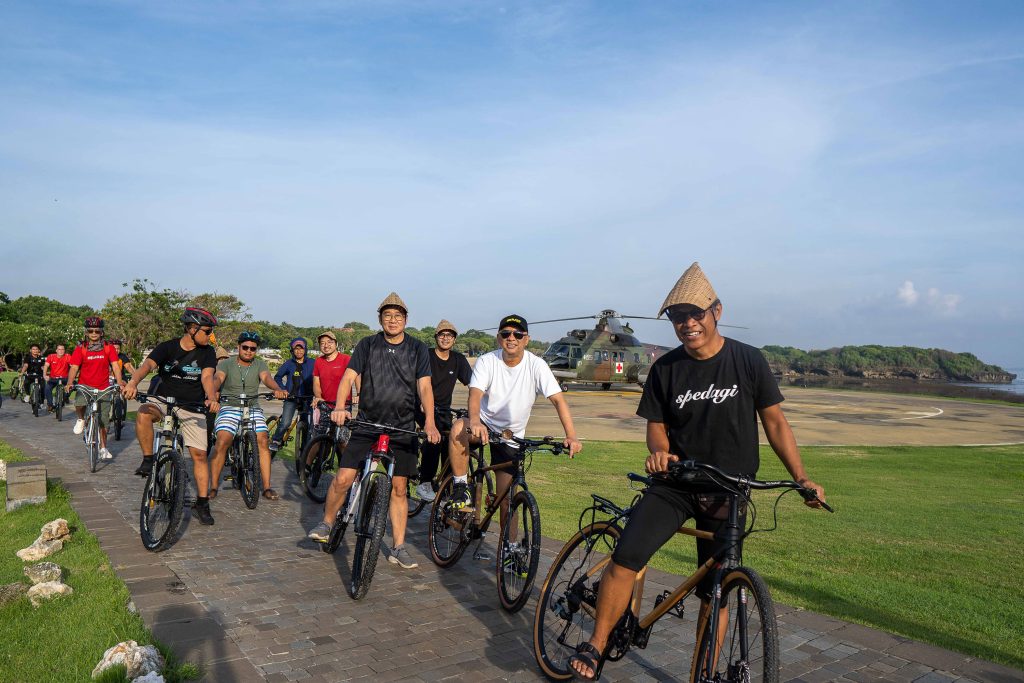
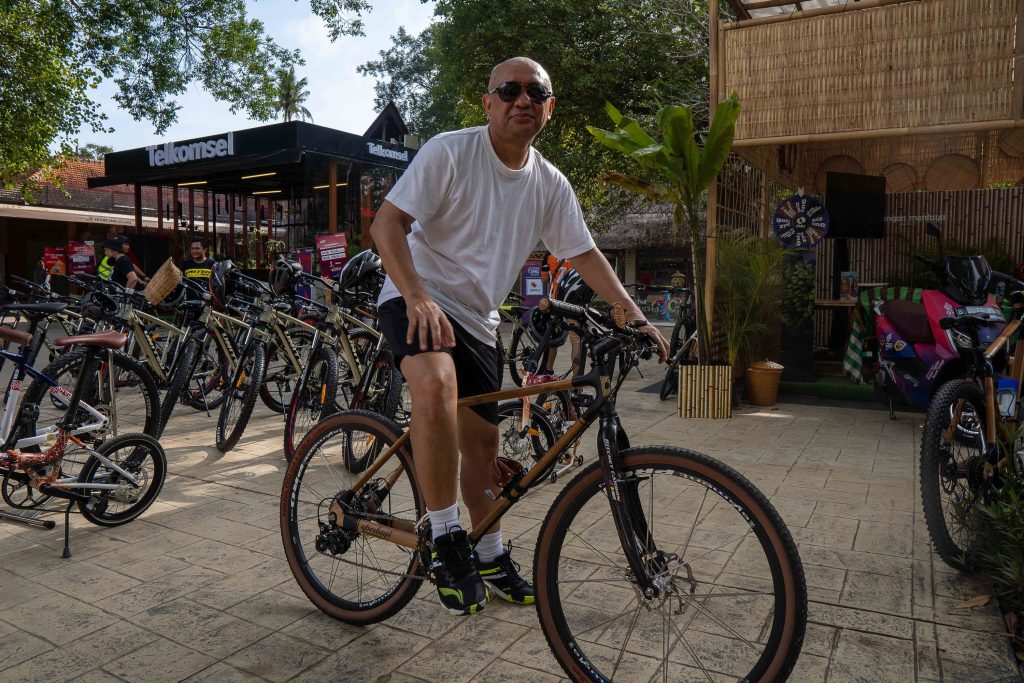
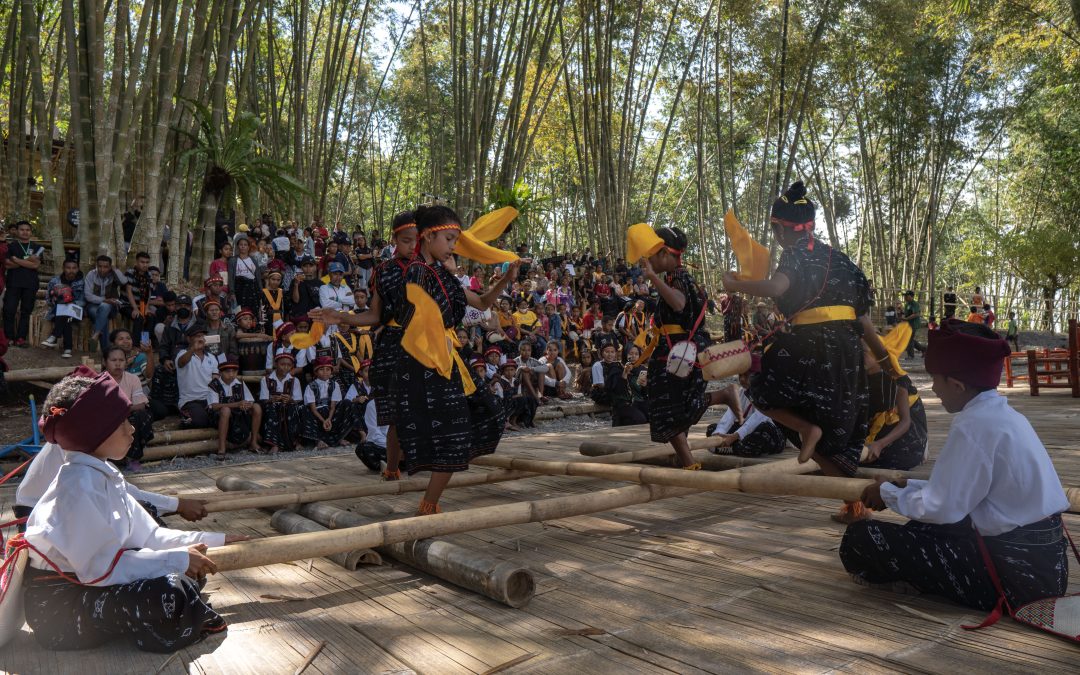
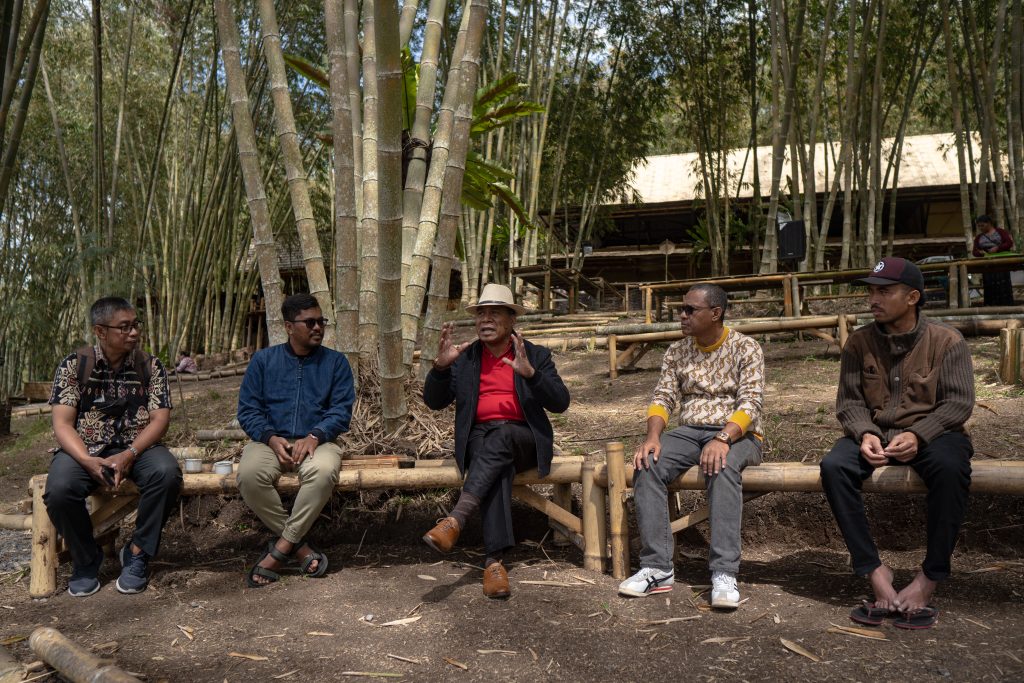
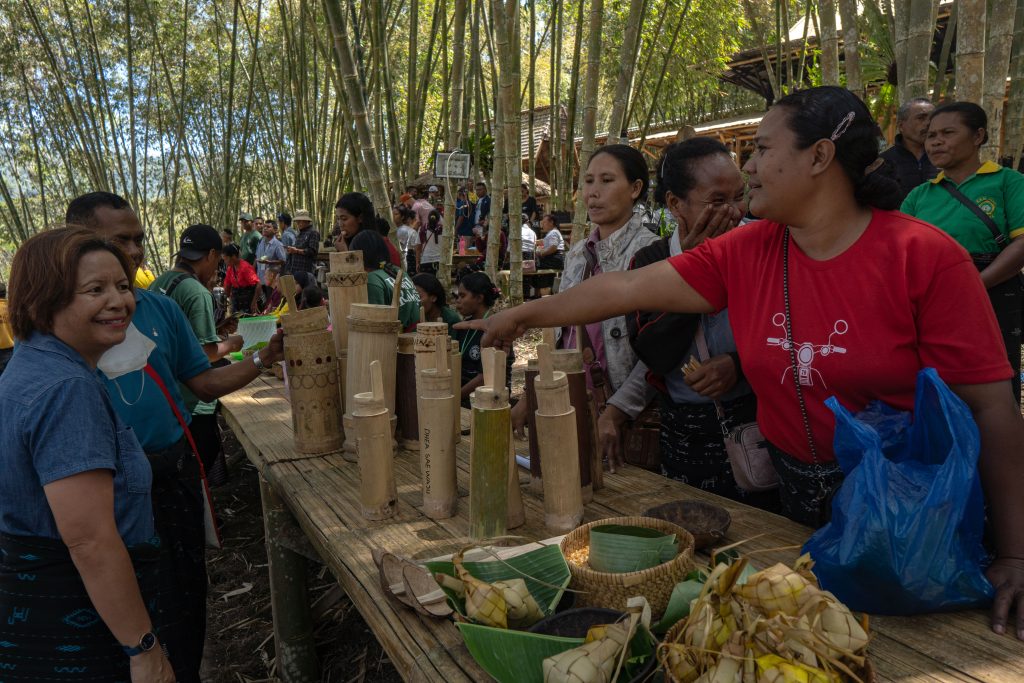
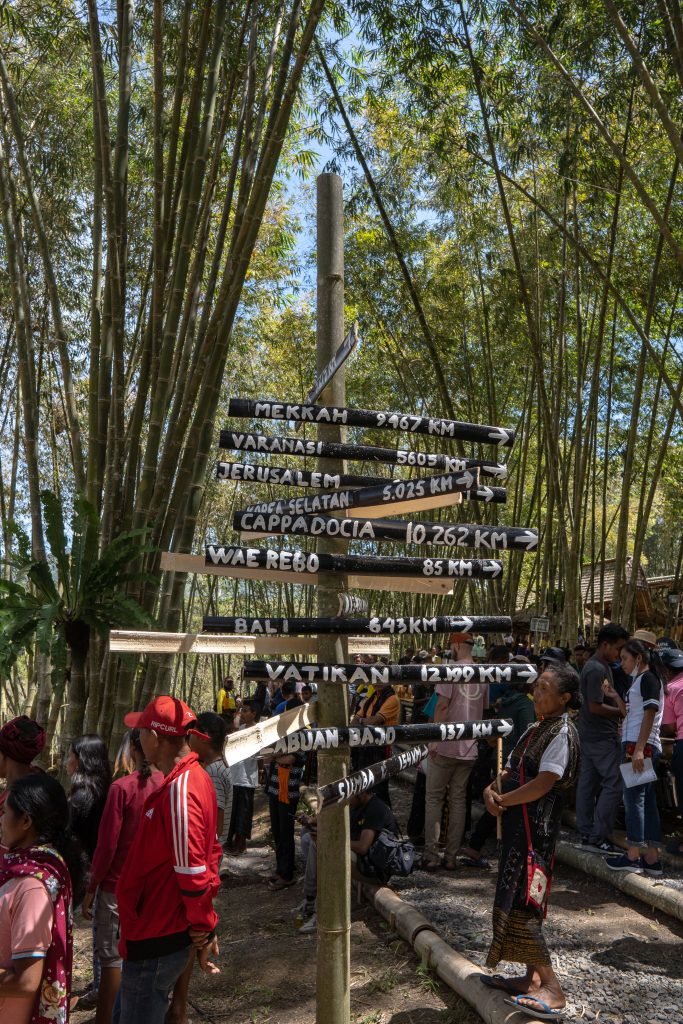
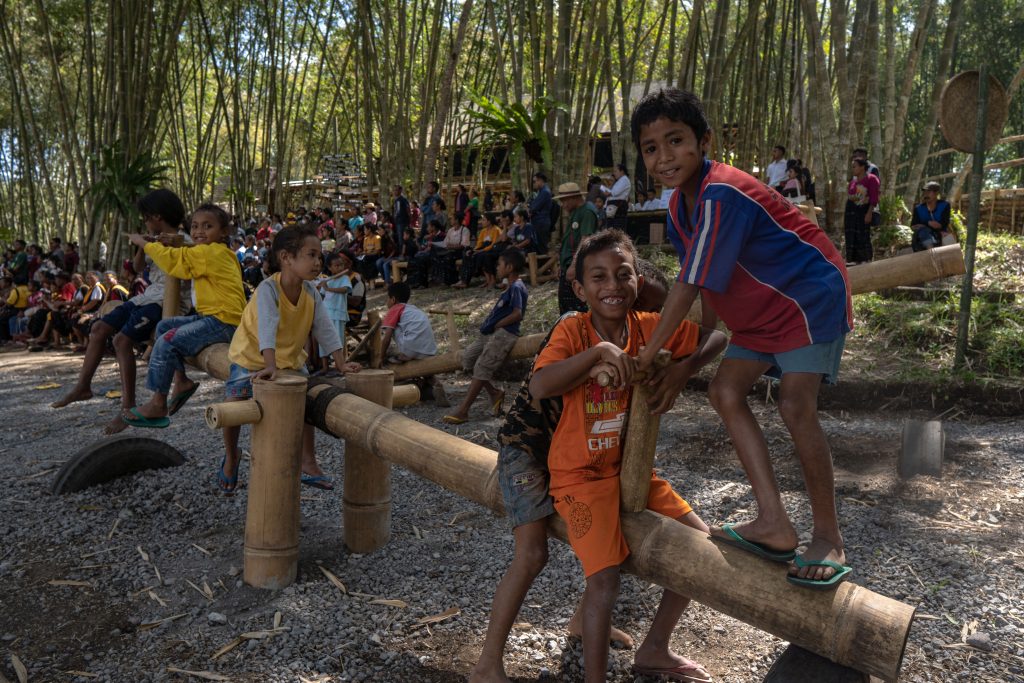
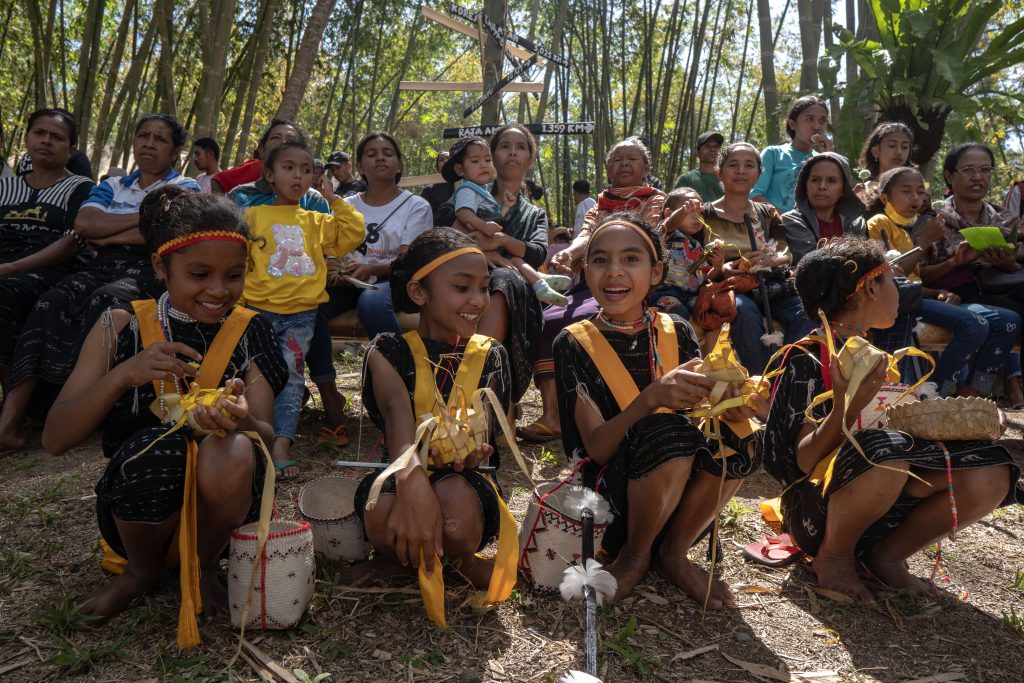
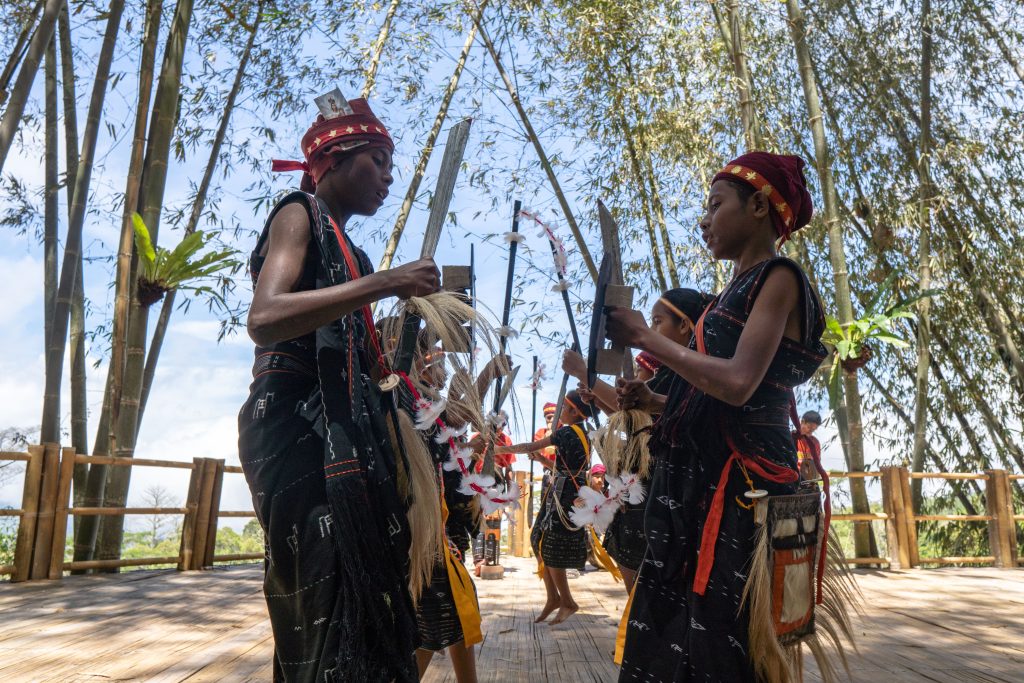
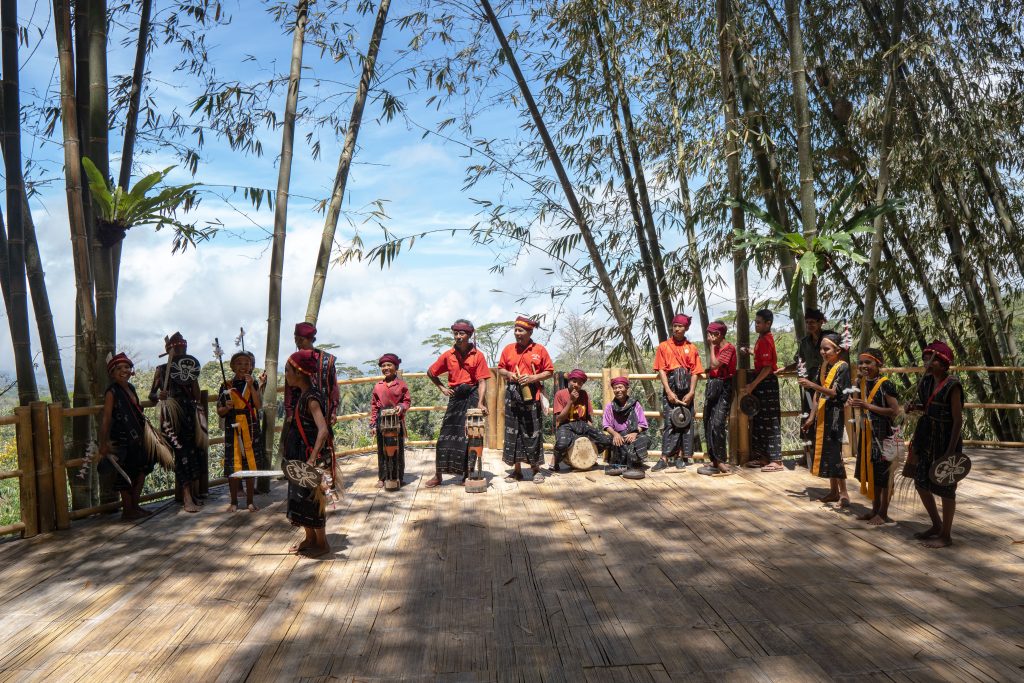
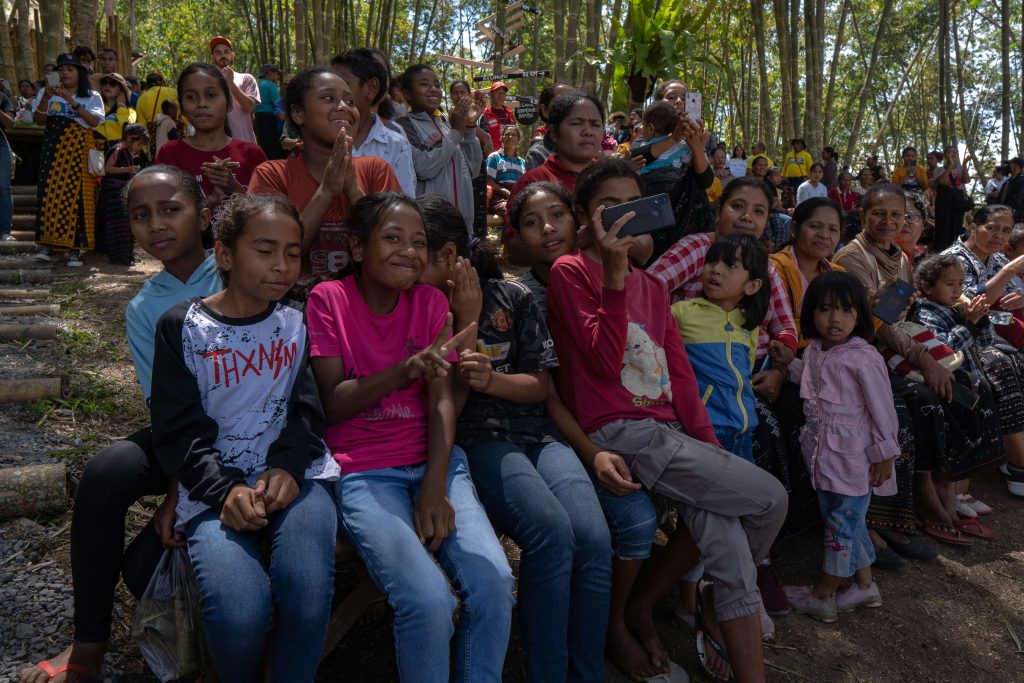
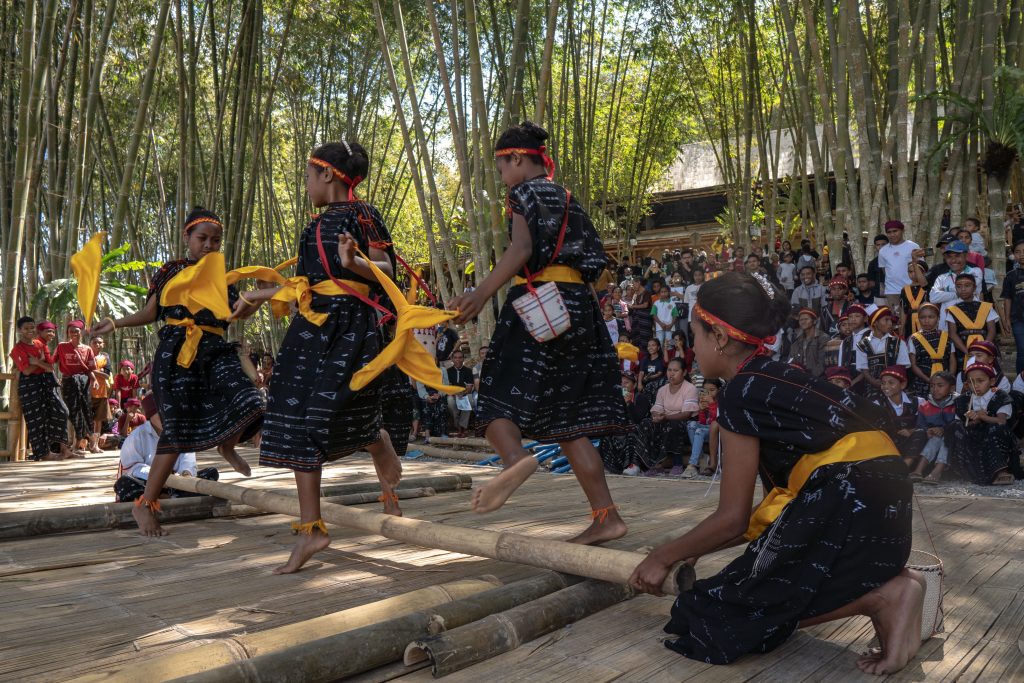
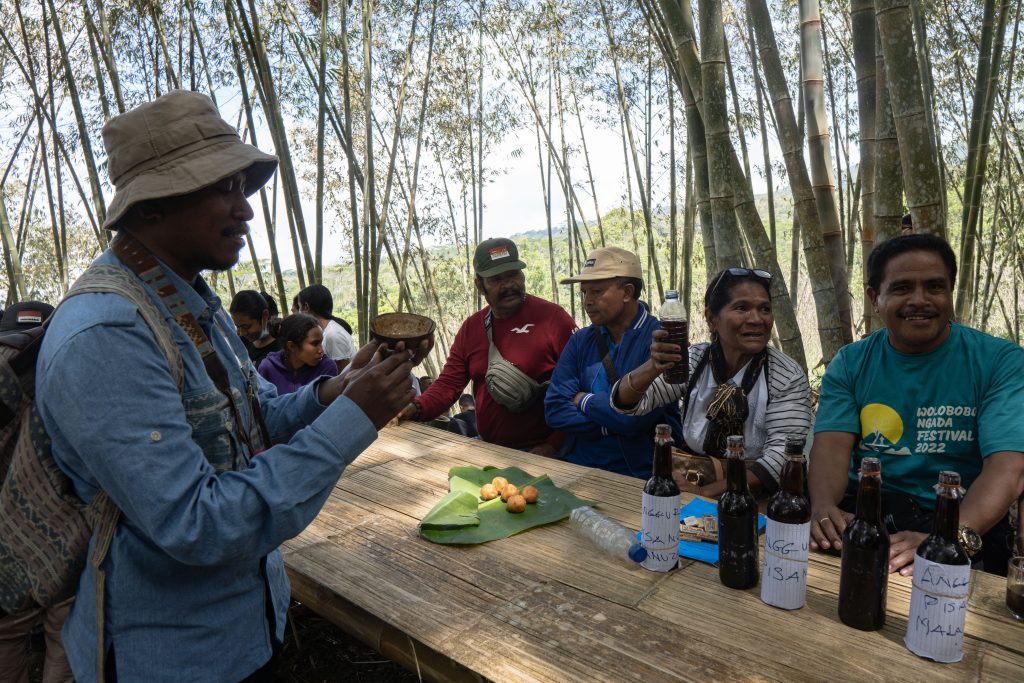
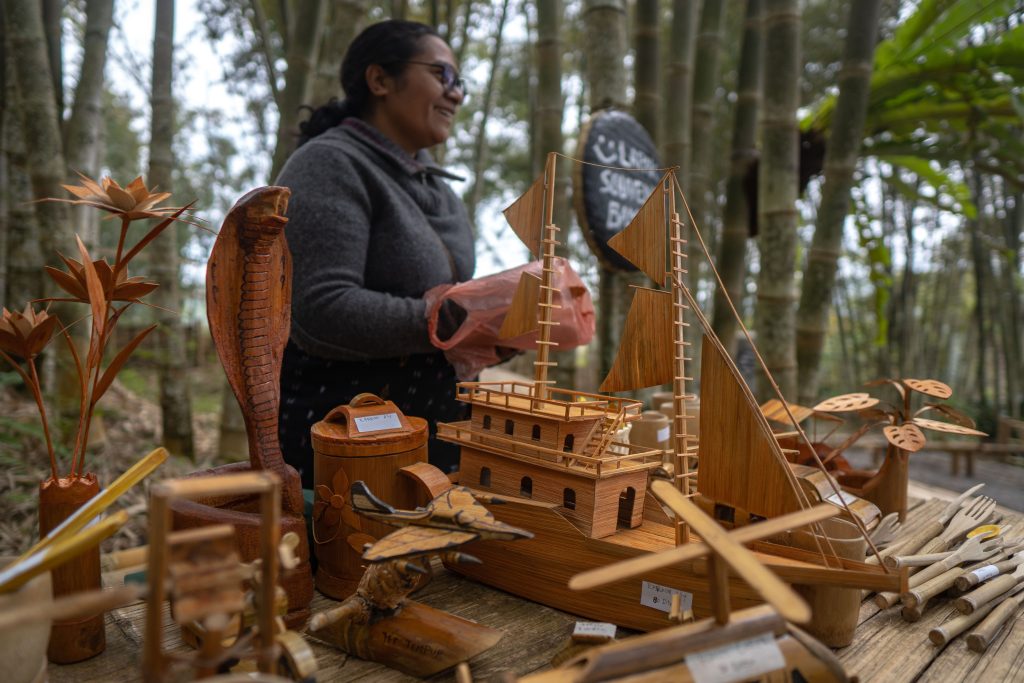
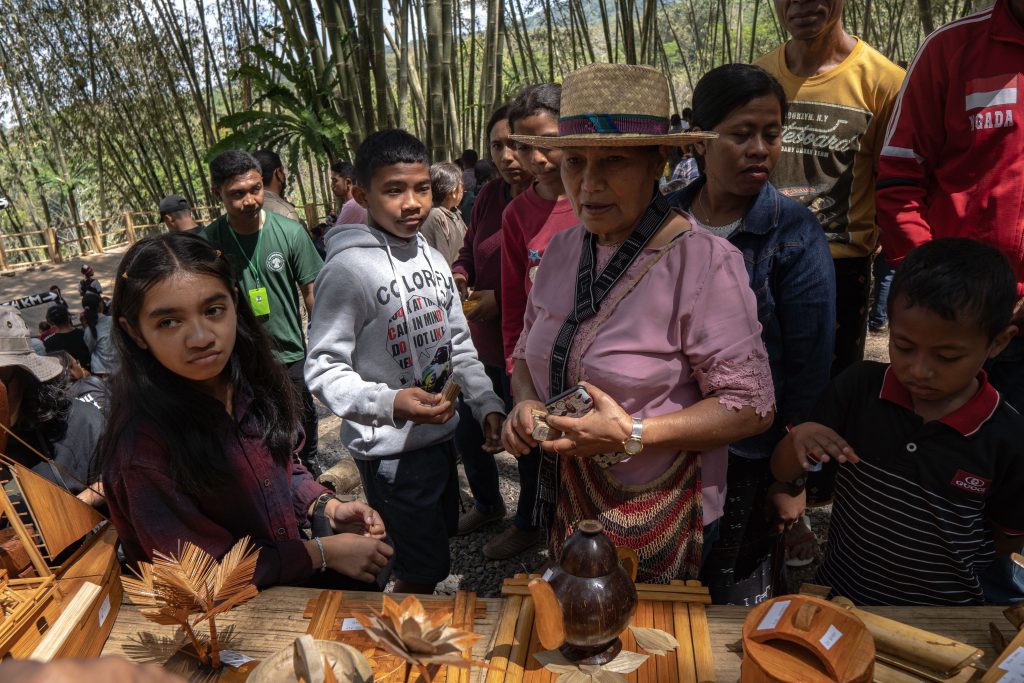
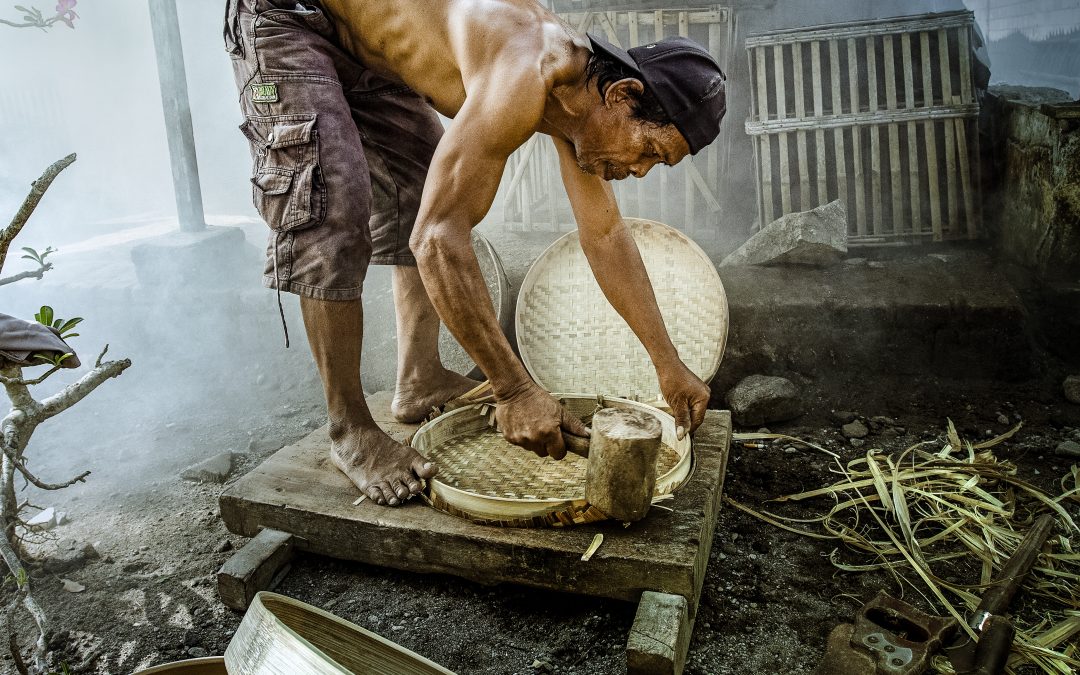
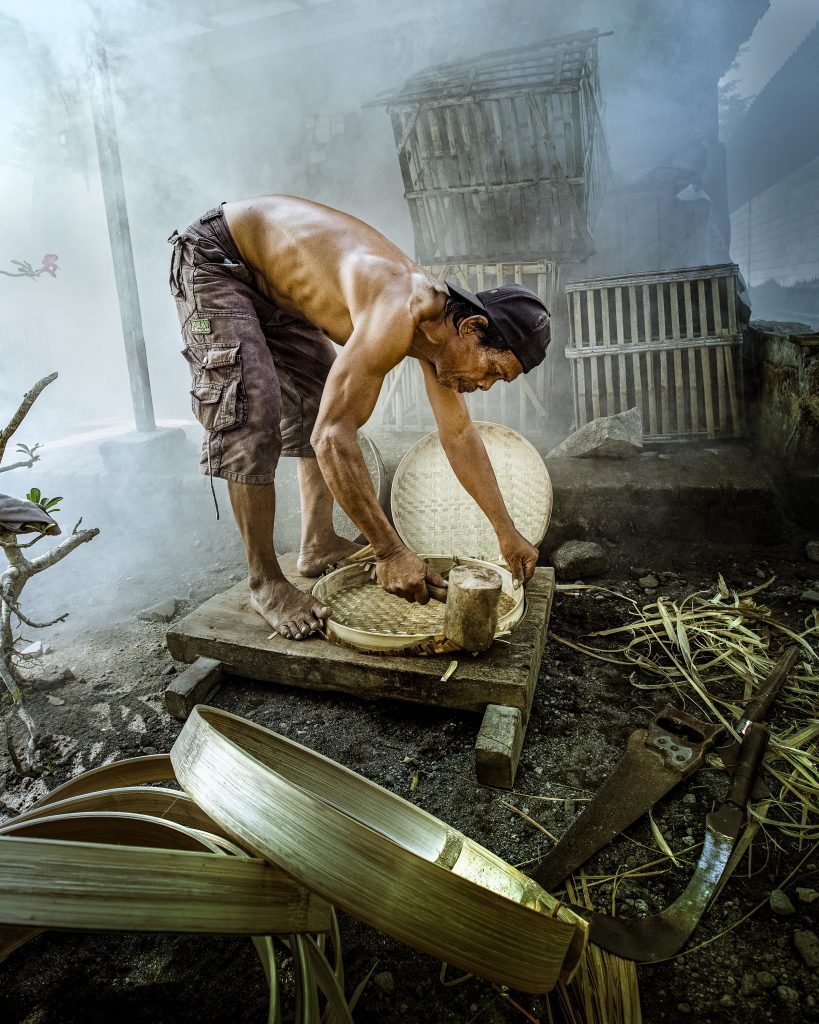
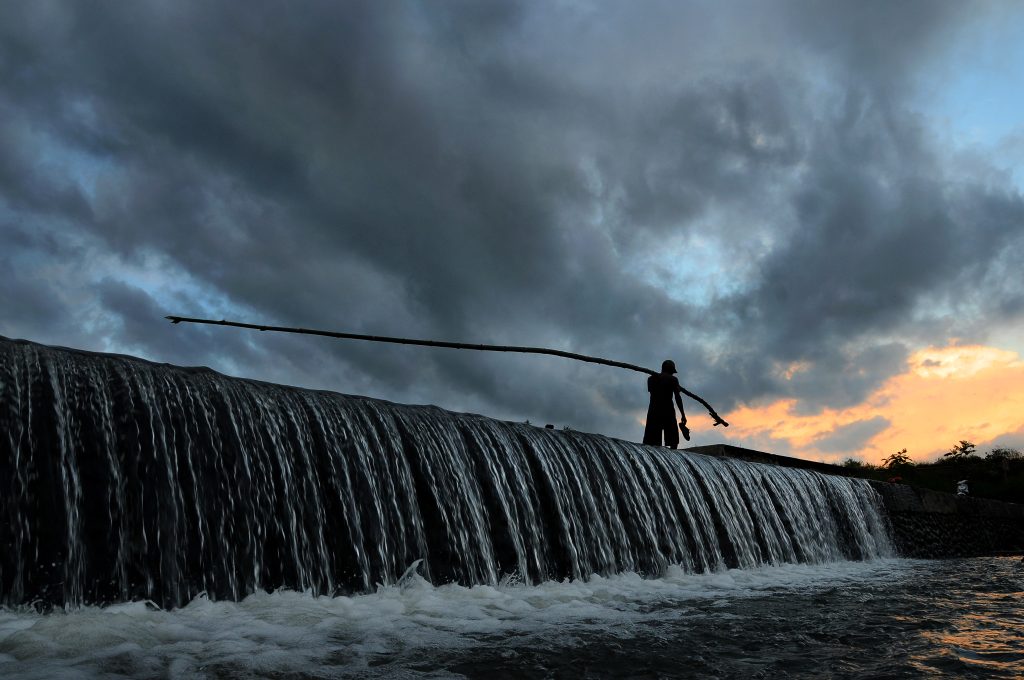
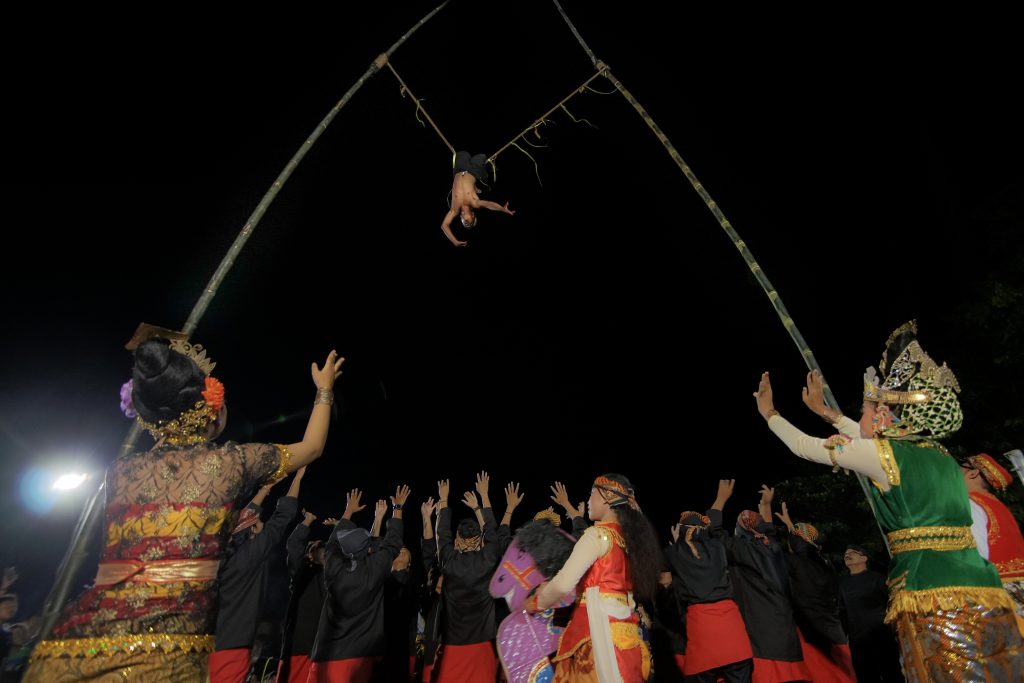
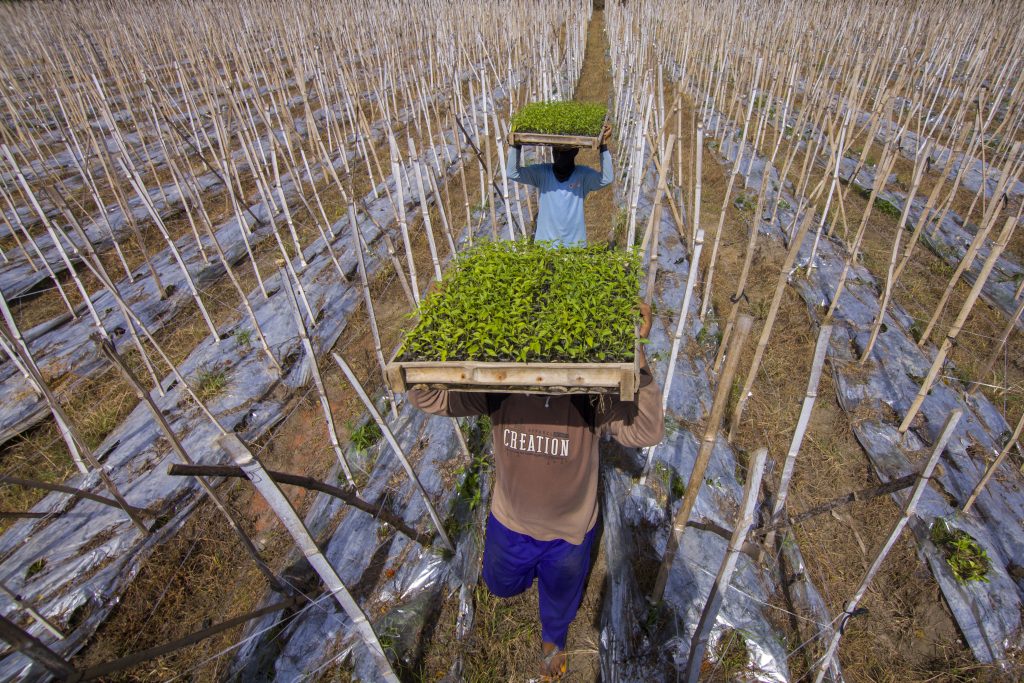
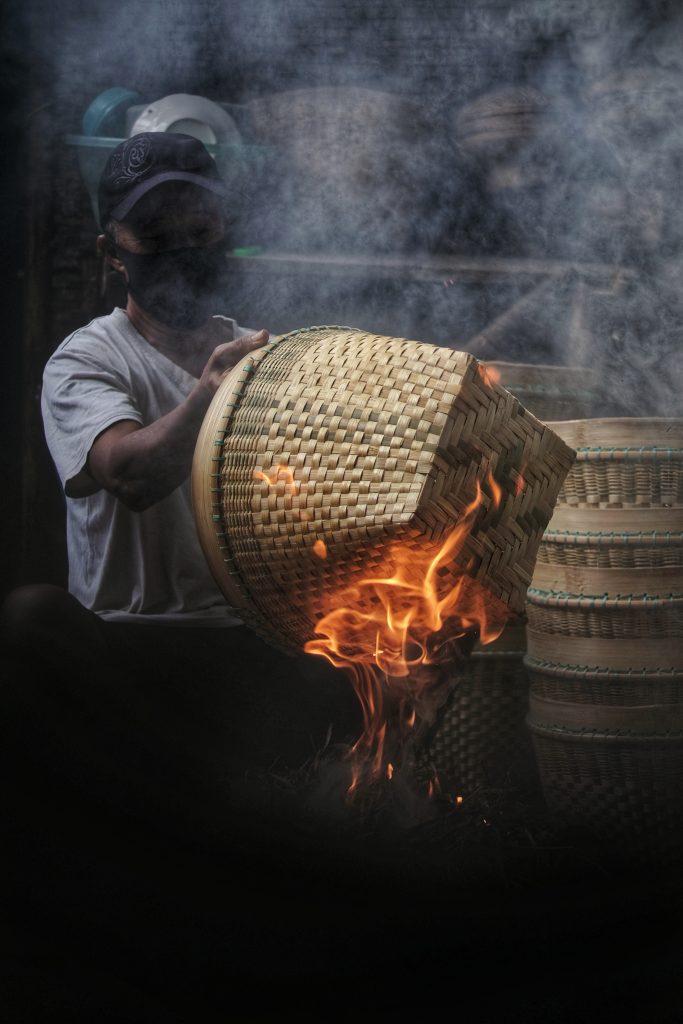
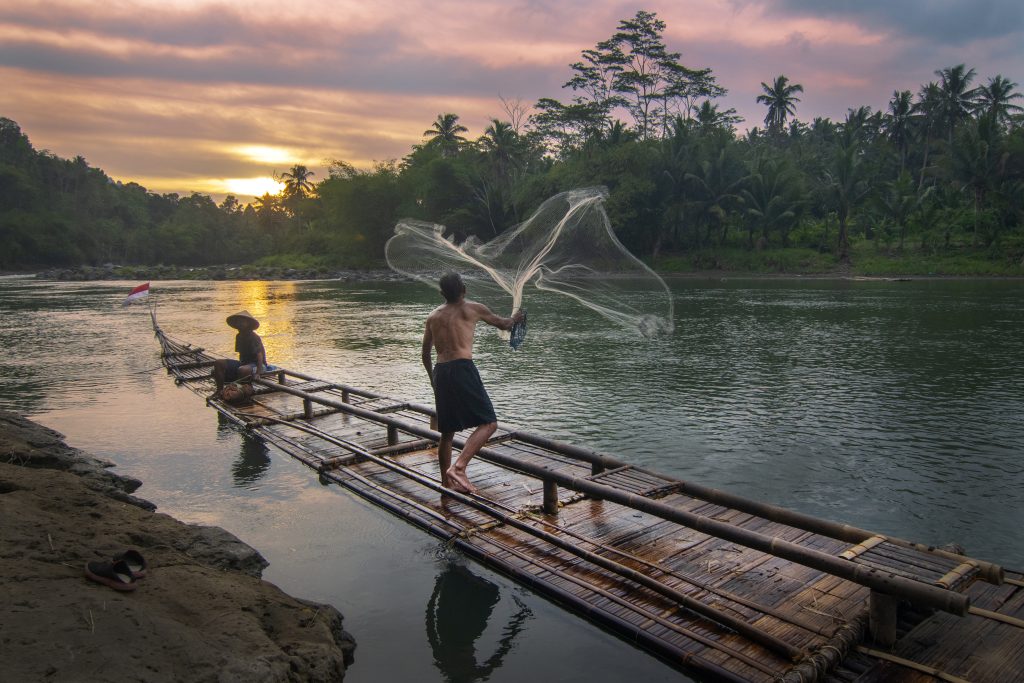
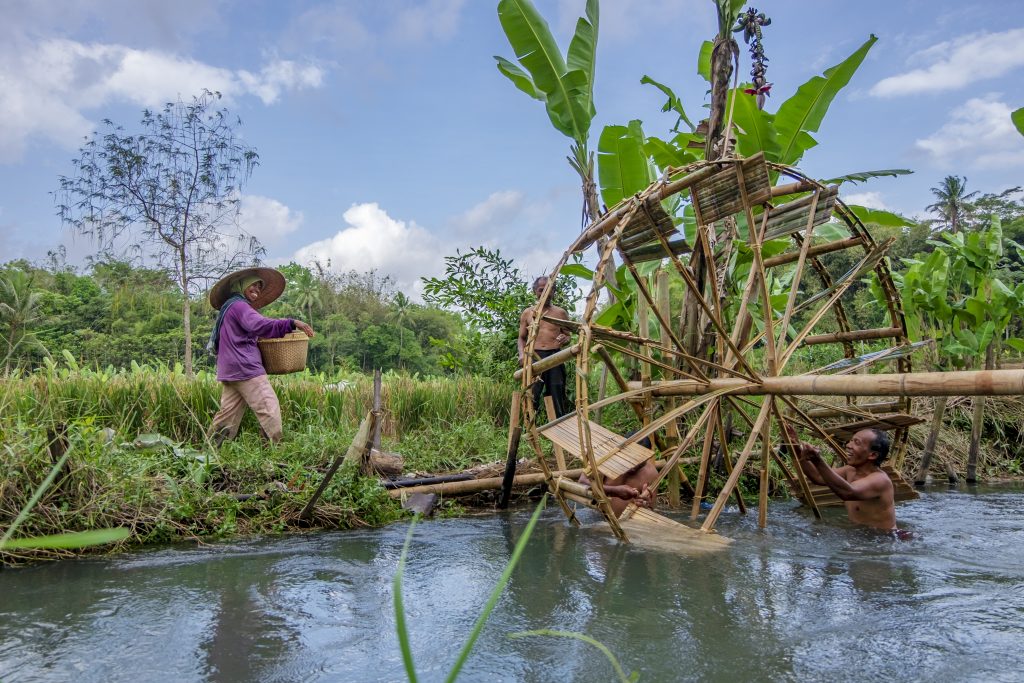
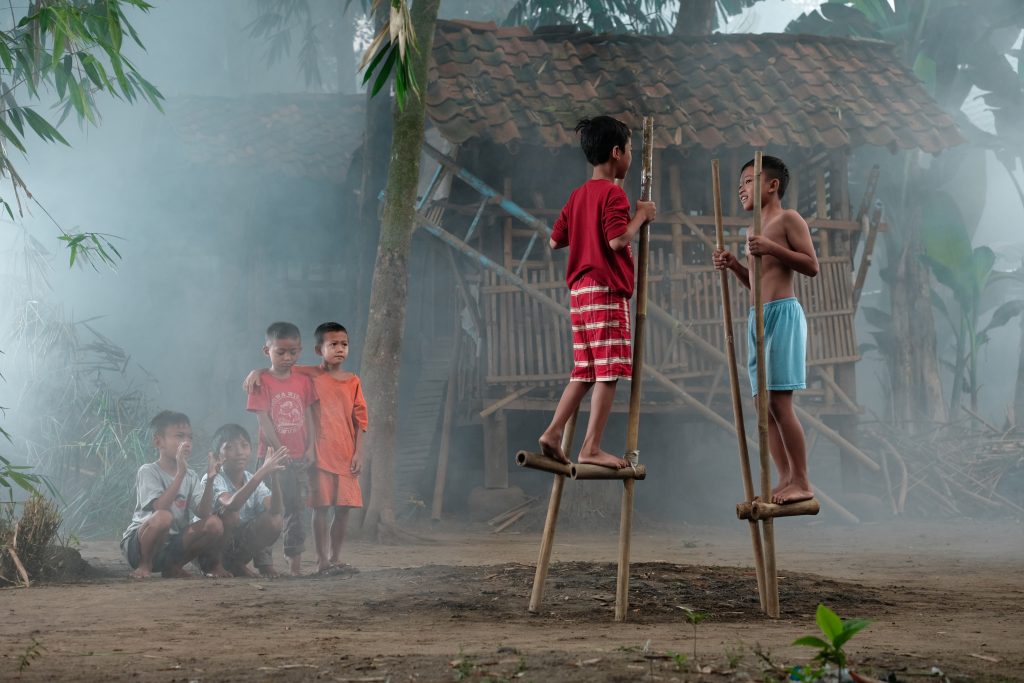
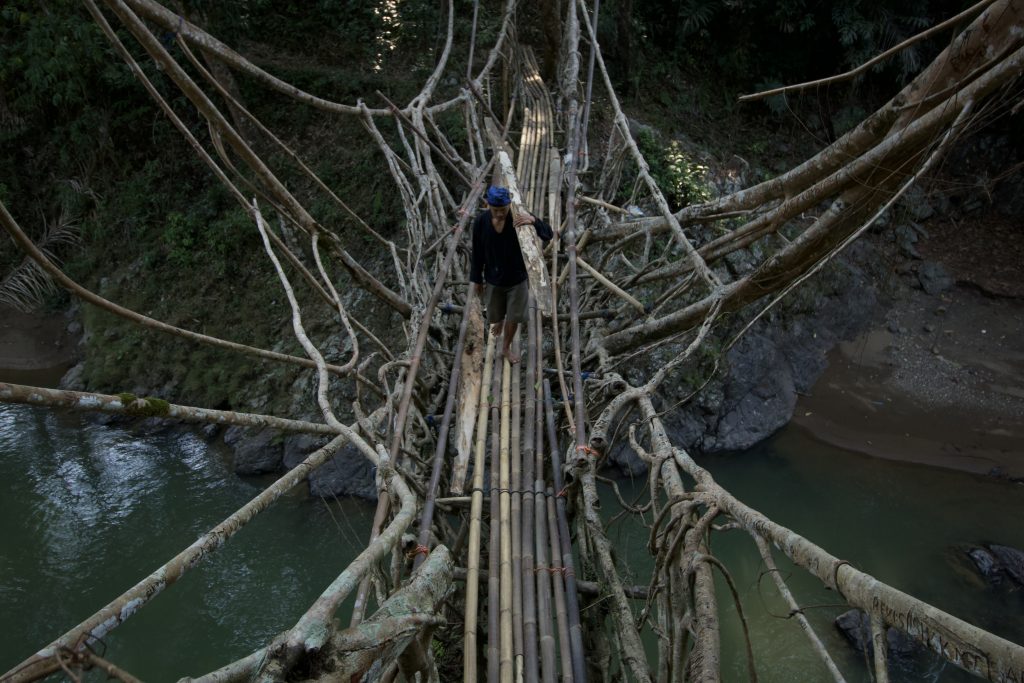
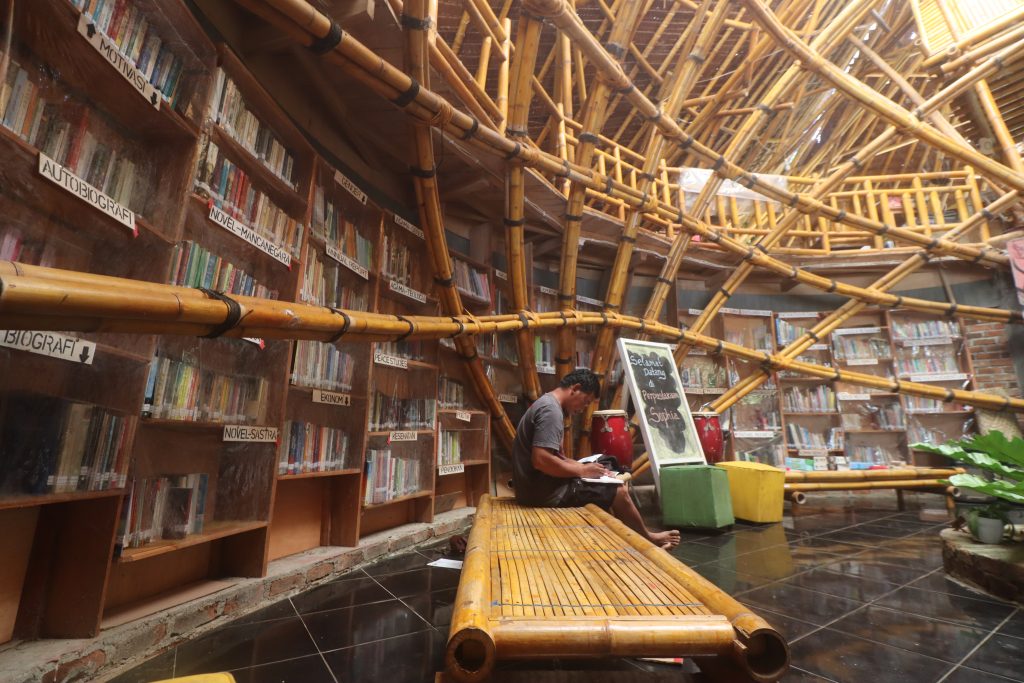
Recent Comments